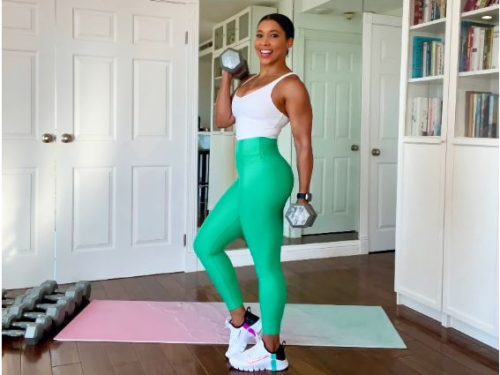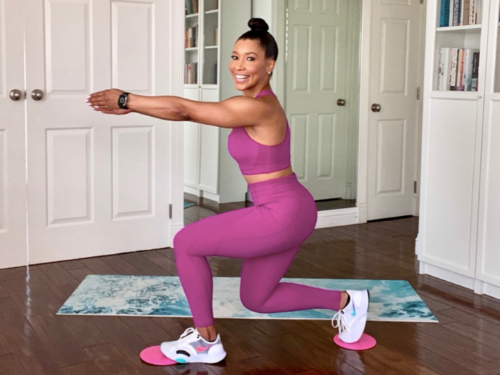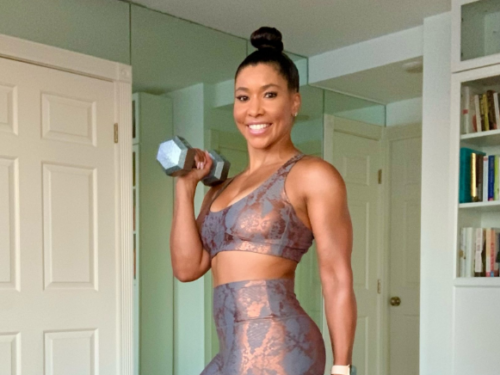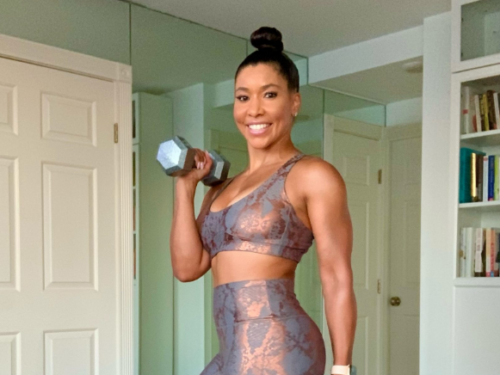Choosing and Losing
Let’s start with this simple truth: if you want to lose fat, start feeling great, and functioning at your absolute best, you have to choose to start eating healthier now. Your body requires essential nutrients — vitamins, minerals, essential fatty acids, protein, carbohydrates, water, light, and oxygen – in order to burn fat and perform at its best. These nutrients are rarely found in the fast and processed foods that we consume at an alarming rate. Think about how often you settle for a dinner option you know is unhealthy just because it’s easier than cooking up something nutritious. I know, it happens; but if you continue to choose foods that are low in nutrients and high in processing chemicals, flavor enhancers, and preservatives, you’re setting your body up to suffer. Millions of people are living with diabetes, high blood pressure, high cholesterol, and other ailments as a result of –or least worsened by – making unhealthy food choices. Many of these people are also on medication for one or more of these ailments, with each medication bringing its own set of side effects and risks. Pumping our bodies full of pills and chemicals as a corrective measure does not address the real source of our health issues—unhealthy food choices resulting in a poor diet. We don’t have to be slaves to a health food store or a highly restricted diet. That’s right, the solution to our health crisis is at our fingertips – we just have to make the right choices in replace of the overwhelming poor choices we make on a daily basis.
Portion Control: When Less Really is More
Aside from making unhealthy food choices the other main reason we have an obesity crisis is our belief that “bigger is better.” We just eat too much! Order an entrée in almost any restaurant and nine times out of ten, it’s big enough for at least two or three adults. (And no matter how big the portion, we have been conditioned from childhood to eat everything on our plates because children were starving in other parts of the world!) Most of us have no idea what constitutes an appropriate individual serving size, and so have no concept that by eating what’s put in front of us, we’re actually eating way past the point of necessity. When we eat too much, the stomach, which is made up of smooth muscle, gets stretched, and the appetite increases. So the more we eat too much, the more we will continue to eat too much. Restaurants and food marketers may have skewed our sense of normal portion size but we have to recognize that lack of portion control and emotional eating, can become a cycle that will lead down the same path to poor health. So the next time you’re served a giant entrée at your favorite restaurant, think of it as your next two meals — eat half and ask for the rest to be wrapped to take home. You’ll get twice the satisfaction!
Jeanette’s Rx
With just a little forward planning you can modify your eating schedule to accommodate six or seven small balanced meals a day, instead of two or three big ones. Eating smaller meals more frequently will not expand the stomach muscles and will allow for more stable blood sugar levels to reduce the risk of diabetes. You will experience less craving and fewer appetite swings. Plus, it’s good for your metabolism, as it keeps your body’s furnace burning fat all day long, rather than letting the sluggish effects of low blood sugar take over.










